
views
Relaxing Your Eyes
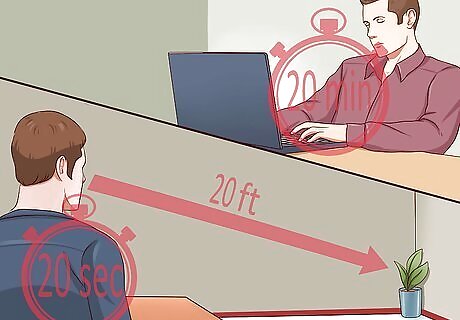
Use the 20-20-20 rule. When you are working at the computer, rest your eyes for at least 20 seconds by looking at something 20 feet (6 m) away after using the computer for 20 minutes. If you have a window nearby, looking at something outdoors is a great option. Alternatively, you can move your eyes from something close to something far away, switching between the two every 10 seconds at least ten times for a little eye “workout.”
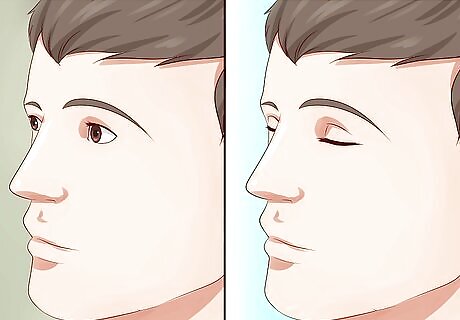
Blink more. Some eye strain occurs because you tend to blink less when focusing on something, like your computer screen. Try to be conscious of your blinking while you work, and do it more often.

Roll your eyes. Closing and then rolling your eyes can help lubricate them. It also helps to relax straining muscles. Close your eyes and roll them around in a circular motion. Roll them clockwise, then counter-clockwise. This not only helps relax your eyes but also feels good.
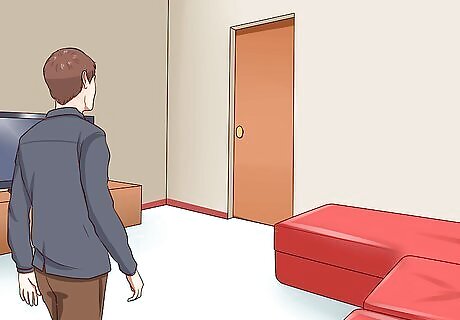
Scan the room. After a long period focusing on the screen, take a break to look around the room slowly, keeping your eyes constantly in motion and looking at things that are varying distances from you.
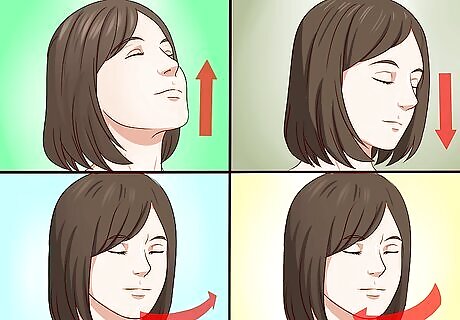
Do some glances. Close your eyes and glance up as far as you can without discomfort. Hold your eyes still for a moment, then look down, eyes still closed. Repeat a few times and then rest your eyes for a moment. Next, keeping your eyes closed like before, look to the right and the left. Repeat.
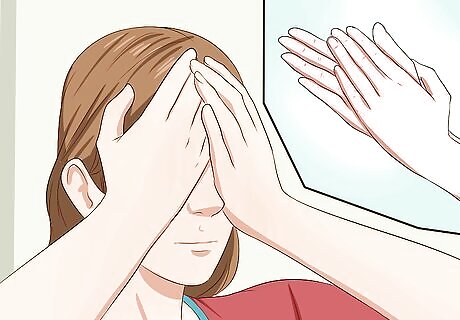
Try palming. The eye muscle is like a spring that should not be over-extended for long periods of time. Otherwise, it's ability to recoil can weaken. To prevent this, there are several things you can do to relax your eyes. Palming involves resting and warming your eyes using friction heat. Here's how it's done: Rub your palms together to create some heat. Close your eyes. Put one palm gently over each eye and rest them like this for a few minutes. Re-warm your palms as necessary. Don't push into or jab your eyes too hard, so you don't damage them.
Changing the Environment
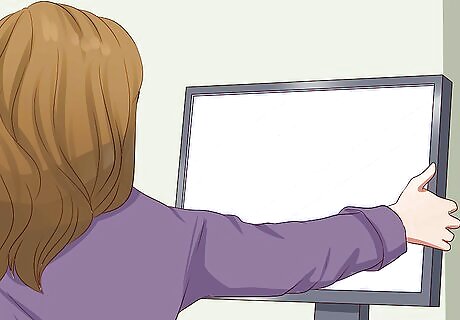
Reposition your screen. The angle at which you look at your screen can affect the amount of strain on your eyes. Start by adjusting your screen position to slightly lower than eye level. Specifically, the top of the screen/monitor should be aligned with your eyes, when looking straight ahead. Try tilting the screen/monitor at different angles and heights while you're sitting there and it may help reduce eye fatigue. This angle keeps your neck in a more natural position and results in less work for your eyes.
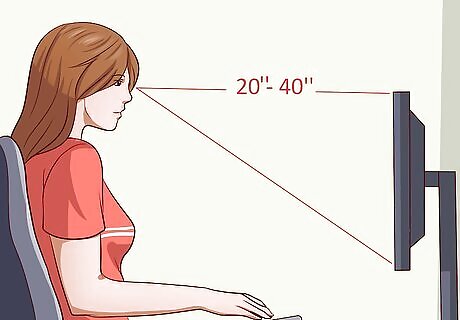
Reposition your face. Try to position your face as far as you can from the monitor: 20-40 inches or 50-100 cm is about the right distance. This may seem like it will make your eyes work harder, but eyes are relaxed at this distance. You may a need larger screen or bigger font sizes to read your screen at this distance.
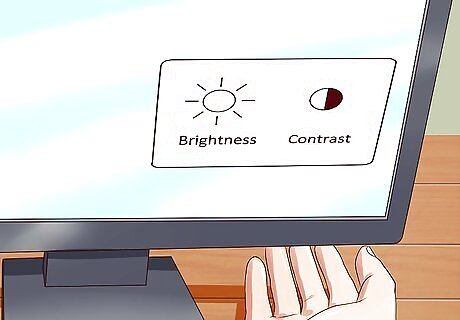
Adjust the brightness and contrast. Turn down the brightness, turn up the contrast. This will make your screen easier on the eyes. Screens that are too bright are hard on the eyes. When there's not enough contrast between blacks and whites on your computer screen this is also hard on your eyes. This is because they have a harder time distinguishing between different items. This can add to eye strain.

Clean your screen. Cleaning your screen removes electrostatic particles that may be emitted from the computer screen. These particles can push dust toward your eyes, causing irritation and strain. Cleaning your screen can also reduce glare. Wipe down your screen daily with an anti-static solution sprayed onto a cloth.
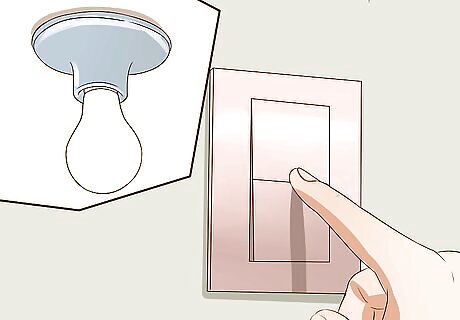
Adjust the lighting. You should try to create an environment that has lighting similar to that of your monitor. The ideal workspace will have soft lights, limited natural light, no fluorescent lighting, and surfaces that don't reflect too much light. It is important to get the right amount of lux or light that passes through a surface. Lux is the standard unit of illumination. For ordinary office work you should illuminate the room at about 500 lux. The packaging on your light bulbs should help you select the right amount of light regarding lux. Switching your bulbs and adjusting window blinds in your office may cut down on your eyestrain. If you can't control the lighting, adjust the colors on your monitor. This is also known as adjusting your color temperature. Often, turning down the blue a little can reduce eye strain. On Windows computers, you can adjust the color using the control panel. There is software available that automatically adjusts your monitor colors based on the time of day to compensate for changes in the natural lighting. One such software is called f.lux. This can make it easier to view a monitor screen in dim light or at night.

Reduce glare. Harsh glare off your computer screen can also strain the eyes. If you can't control the lighting in your work environment, consider buying an anti-glare screen for your monitor or anti-glare glasses for you to wear. Anti-glare screens have the added benefit of increasing privacy. They make it harder for anyone not directly in front of your screen to see what's there. These are easier to get to for desktop computers than laptops.
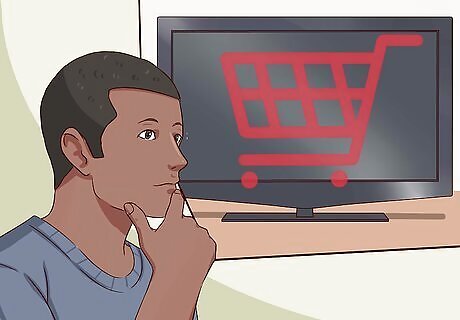
Upgrade your screen. Consider purchasing a high-resolution monitor. These are often easier on the eyes. Older monitors tend to flicker more, whereas the new high-resolution models provide a more consistent illumination. Flickering can increase eye strain. Older monitors also have a slower refresh rate, causing your eyes to constantly readjust every time image refreshes on your screen.
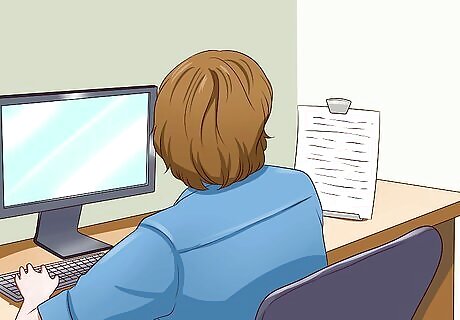
Reposition your work materials. Eye shifting can increase eye strain and frustration unless performed as an exercise. To avoid this, buy a stand for your books and papers so your resources can be easily located. Put the stand directly next to the screen, so your eyes aren't shifting as much. Constantly shifting eyes means making your eyes focus and refocus on different reading materials. When objects are only a few inches away from each other, your eyes don't need to refocus. If you can master "touch-typing" so that you don't need to look at your keys or screen, this is even better. You can keep your eyes on your other materials while typing, which cuts down on screen time.
Dealing with Severe Strain

Take a break. If you are experiencing eye strain which is severely uncomfortable or affecting your vision, step immediately away from your computer and any bright lights. If possible, go outdoors into natural light. Alternately, dimming the lights indoors and giving yourself a break from all bright lights may feel comforting.
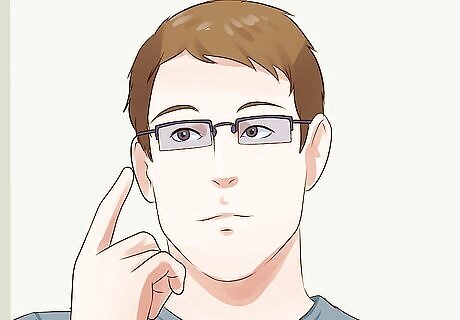
Get some glasses. If you need glasses but don't have them, or if your glasses aren't the right prescription, this can increase eye strain. Make sure you've got the right prescription so your eyes don't have to work any harder than necessary. If you wear bifocals, you may tilt your head at an awkward angle when using your computer. Talk to your optometrist to see if progressive lenses may work better. Computer glasses can be helpful, but an eye doctor must prescribe them. They work by reducing the amount of effort required by eyes to focus, thus reducing eye strain. In addition, purchasing lenses with an anti-reflective coating will help cut down on computer glare. There are plain, nonprescription lenses with this coating available for those who don't need vision correction. Look into glasses with tinting that is specific to computer use. Some glasses are tinted a soft pink, which helps with glare, while others have a coating which blocks the blue wavelength known to cause eyestrain.
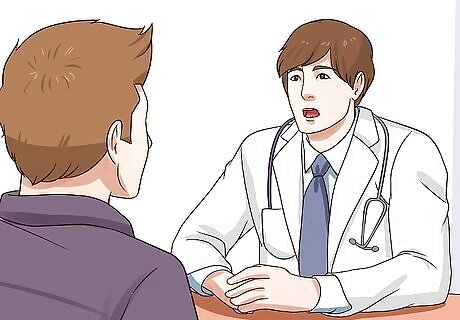
See a doctor. If your symptoms get worse or do not go away, ask someone to call a doctor for immediate medical help. If eye strain is an ongoing problem for you; it's probably a good idea to see a doctor as soon as possible.f You may need an eye exam to make sure that you are wearing the correct prescription of eyeglasses. You may need to change to bifocals or another type of eyeglass to reduce this problem. It is also possible you are having a migraine, which is a type of a severe headache you can treat medically. It is also important to diagnose so you can learn what can trigger these migraines. This can help you prevent them.



















Comments
0 comment